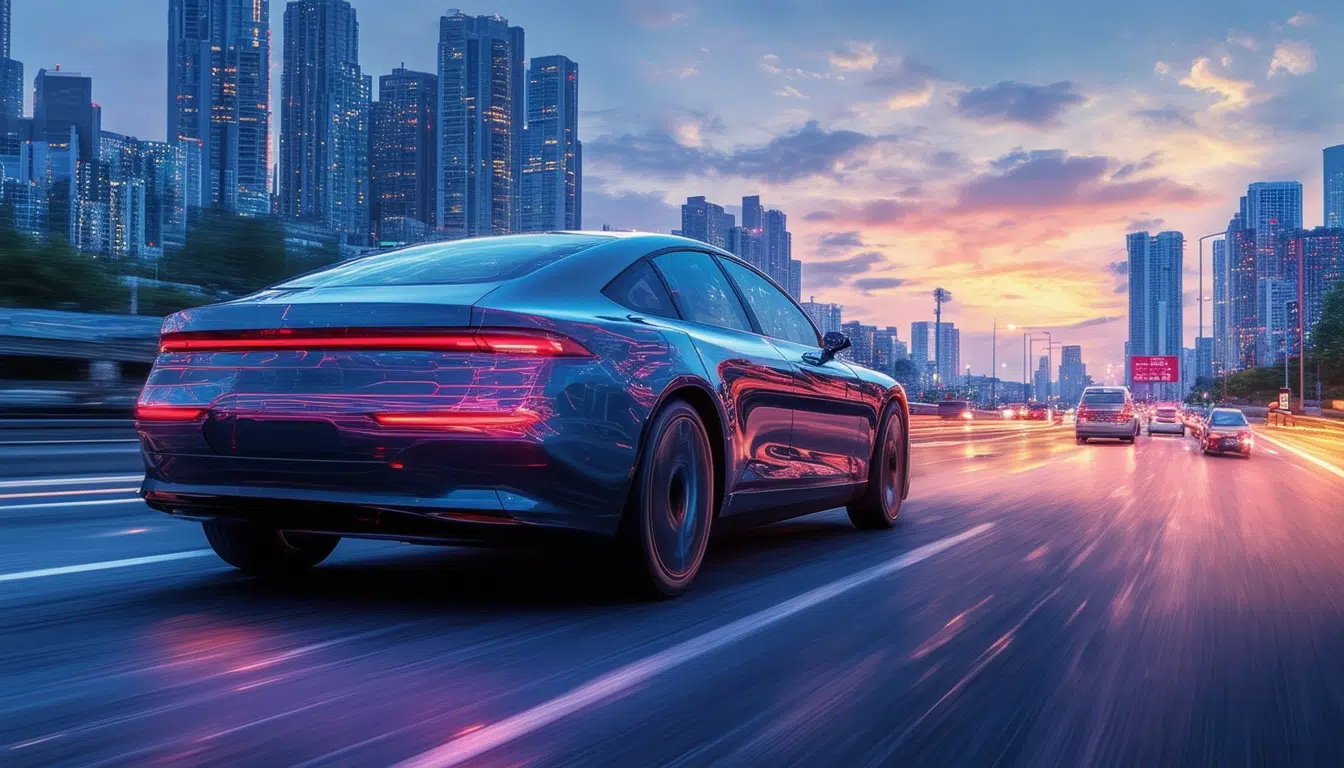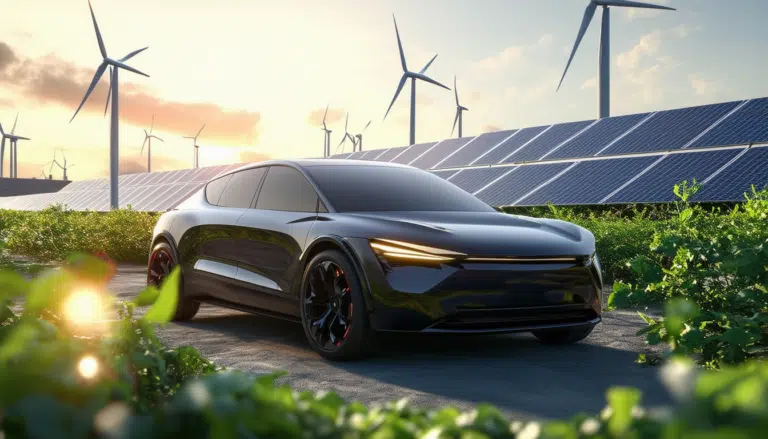Hypermiling: Effective Strategies to Optimize Fuel Consumption in the City and on the Highway

In a context where the cost of fuel continues to rise and concern for the environment becomes increasingly relevant, the search for effective strategies to optimize fuel consumption becomes a priority for many drivers. The technique known as hypermiling emerges as an ingenious solution that proposes specific methods to reduce consumption, both in urban environments and on the highway. Through efficient driving practices, it is possible to achieve significant savings without compromising safety or comfort while driving.
Hypermiling is a driving technique that seeks to maximize fuel efficiency by implementing practices that decrease consumption. Both in the city and on the highway, these strategies offer effective solutions to reduce fuel expenses and, at the same time, diminish environmental impact. In this article, various tactics that drivers can adopt to improve their vehicle’s performance and save fuel will be explored.
Efficient Driving on Highways
One of the keys to hypermiling is maintaining a constant speed on the highway. Avoiding sudden accelerations and abrupt stops is fundamental to preventing spikes in consumption. Driving at a moderate speed, preferably between 90 and 110 km/h, not only helps save fuel but also optimizes travel time. During the journey, it is important to anticipate traffic conditions to reduce accelerator usage.
An additional tip is to take advantage of the vehicle’s inertia when going downhill. This allows for movement without the need to accelerate. However, it is crucial to keep the vehicle in gear and not put it in neutral, as this can affect stability. Additionally, removing items like roof racks that are not being used improves aerodynamics and reduces consumption.
Recommendations for City Driving
In urban settings, hypermiling requires a variety of distinct tactics. Planning routes that avoid traffic can significantly help reduce time on the road and, consequently, fuel consumption. Using navigation apps to know real-time traffic conditions becomes a valuable tool.
Additionally, it is advisable to limit the use of air conditioning on short trips, as this system increases the load on the engine. Keeping the vehicle light by avoiding transporting unnecessary items also contributes to lower energy consumption.
Shifting Techniques and Maintenance
For those who drive manual transmission vehicles, it is beneficial to shift gears at the appropriate RPM range. For gasoline engines, it is recommended to do so between 2,000 to 2,500 RPM, while for diesel engines, between 1,500 to 2,000 RPM. Additionally, turning off the engine during long stops helps avoid fuel wastage. Many modern cars already have automatic systems that manage engine shutdown in idling situations.
Vehicle Maintenance
The maintenance condition of the car is vital to ensure its efficiency. The tire pressure should be checked regularly, as inadequate pressure increases rolling resistance and, therefore, fuel consumption. It is suggested to check them monthly and adjust according to the manufacturer’s recommendations.
Likewise, performing oil changes and air filter replacements at established intervals not only improves engine efficiency but also prolongs the vehicle’s lifespan. A well-maintained engine delivers superior performance and, consequently, lower fuel consumption.
Everyday Habits for Better Savings
Adopting habits that promote fuel savings is also essential. Carpooling with coworkers or family not only optimizes expenses but also reduces the number of cars on the road. Planning routes that avoid traffic lights and roundabouts can make a significant difference, as maintaining a constant speed minimizes consumption.
Additionally, paying attention to the use of electrical components, such as lights and the sound system, is crucial, as excessive use can increase fuel demand. All these hypermiling strategies are steps toward more efficient and environmentally responsible driving.
The growing concern for fuel consumption has led many drivers to adopt techniques such as hypermiling, which seeks to maximize the efficiency of fuel use through conscious driving practices. Implementing these strategies translates not only into significant economic savings but also into environmental benefits by reducing the emission of pollutants.
One of the most effective strategies is to maintain a constant speed while driving, especially on highways. Avoiding accelerations and abrupt stops allows the engine to function more efficiently and decreases fuel wastage. Additionally, learning to anticipate traffic conditions and planning routes with less congestion can result in considerable savings.
It is equally important to take care of the vehicle’s condition. Tire pressure should be regularly checked, as inadequate pressure can increase rolling resistance and, consequently, fuel consumption. Furthermore, keeping the engine in optimal condition through oil changes and regular inspections ensures efficient operation and prolongs the life of the car.
The moderate use of systems like air conditioning, as well as removing unnecessary load from the vehicle, are practices that can make a difference in daily consumption. On long trips, taking advantage of the vehicle’s inertia on inclines and removing unused accessories fosters aerodynamics and allows drivers to maximize their savings even further.
In summary, applying hypermiling techniques not only helps save fuel but also promotes more conscious and responsible driving, contributing to a more sustainable future.


